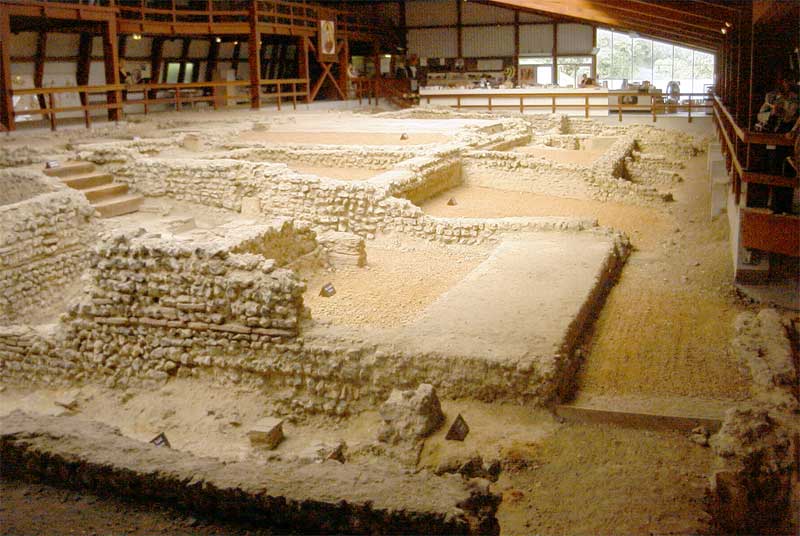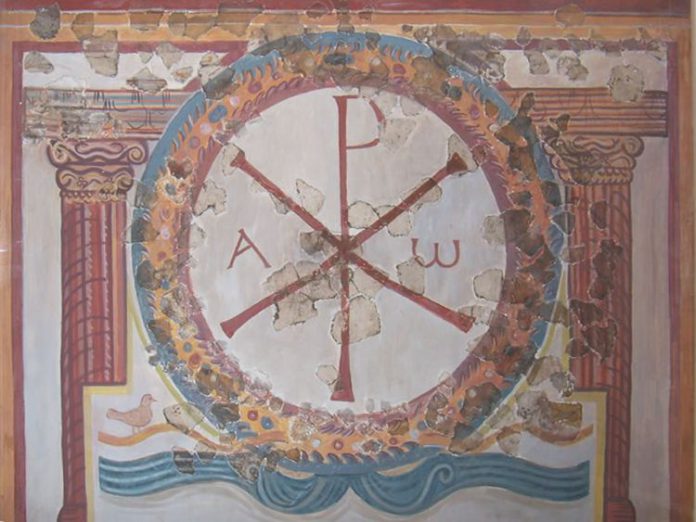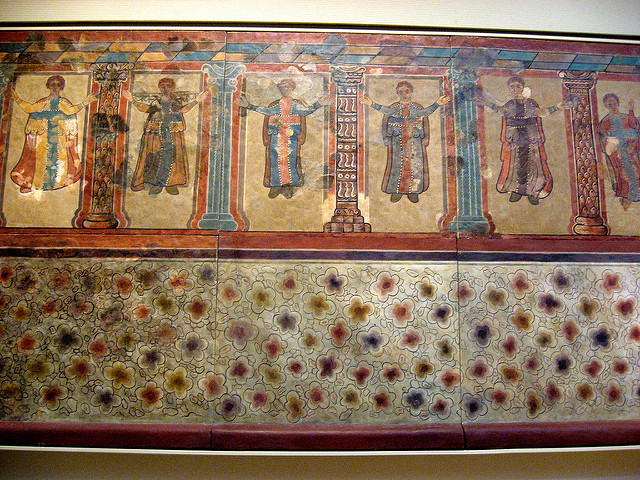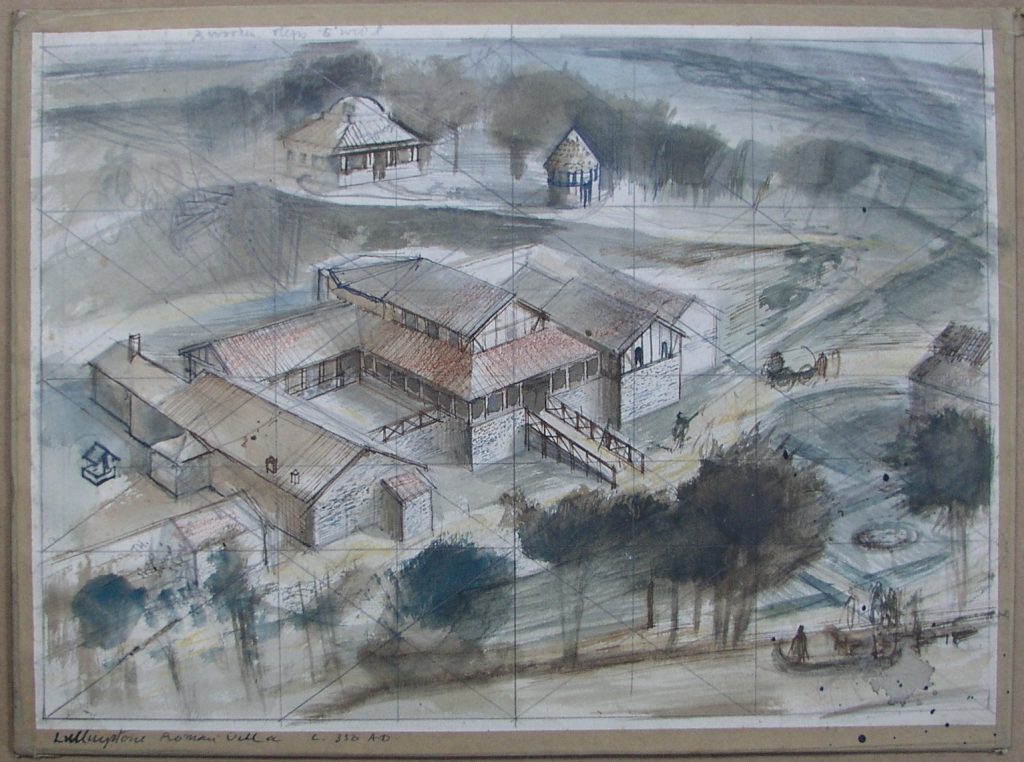There are many in our Coptic Orthodox Church who are unaware that the British Isles have an ancient and Orthodox heritage and history that stretches back even to the first century. The British Isles were once entirely Orthodox in their faith, and were in communion for centuries with our own Alexandrian Church. When St Athanasius was exiled to Gaul it was among people who were Orthodox as he was. When St John Cassian brought the Egyptian Desert monasticism to Lerins, in Southern Gaul, it was to Orthodox Christians like himself.
Orthodox Christianity came to the British Isles in the first century after Christ. It was brought by Roman soldiers and slaves, merchants and missionaries. Tertullian, living in North Africa, wrote in about 200 A.D. that Orthodox Christianity had already reached even the remote parts of Britain. And Origen, writing a few years later in Alexandria, was aware of the same presence of the Orthodox Church even in Britain, on the edge of the world.

Certainly we are part of a movement of God to restore Orthodoxy to the British Isles in these times. But we should not imagine that we are coming to a land with no history or heritage of the Apostolic and Orthodox Faith. Indeed for 1000 years the Christians in the British Isles were Orthodox, and the holy people and holy places of the British Isles surround us in every place where we have established our own Coptic Orthodox congregations. If we are to flourish, it seems to me that it will be with a proper veneration of the Orthodox saints who have already lived and served in these islands, and not by ignorance of them, and a failure to honour them as they deserve and as God requires of us.
In this series of posts I hope to describe briefly some aspects of early Christianity in Britain, Orthodox Christianity. These will especially concentrate on some of the material remains that we can actually visit and find ourselves in connection with the Orthodox Christians of the first thousand years in the British Isles.

Lullingstone Roman Villa lies about 20 miles from my family home in Kent. Its remains were discovered in the last century and have now been thoroughly excavated, and are on display within a special exhibition building. Lullingstone is a small village on the River Darenth. There are the remains of several Roman Villas in the valley. These were the country estates of important Roman and Romanised British officials. Lullingstone Roman Villa was first built in about 100 A.D., not long after the Roman invasion of south-east Britain in 43 A.D. and the establishment of the nearby city of Rochester soon afterwards.
The villa complex was improved over the following centuries, and may have become the country residence of a Roman provincial Governor. But the most significant transformation took place in about 350 A.D. when the northern range of rooms, with an external access, were converted into a church. On the walls of these rooms had been an extensive scheme of painted Christian decoration, which was reconstructed from the many small plaster fragments which had remained from the destruction and collapse of the villa in later years.
On one wall was a large Chi-Rho symbol, representing the name of Christ, while there were six almost -life size standing figures with their hands raised in the attitude of early Christian prayer – the orantes position, still used by Orthodox Christians – represented on the west wall. A further Chi-Rho appeared on the east wall, and on the north wall there were more figures, as well as pictures of buildings.

There was an ante-chamber, perhaps where those preparing for baptism prayed before being permitted on their baptism to share in the main worship of the congregation. The external door indicates that the members of this congregation were not only the household of the villa, but others from the local area. There would have been a priest who attended to celebrate the Liturgy, and somewhere in the area, probably Rochester or Duribrivae as the Romans called it, there would have been a bishop, an Orthodox bishop.
Lullingstone Roman Church shows us that almost 1700 years ago there were Orthodox Christians, part of an organised community of bishops, priests and people, who lived and worshipped according to the Orthodox Faith in the countryside of south-east England. To put it into context, this small church was active in the time of St Athanasius and perhaps for the course of a hundred years from about 350 A.D.

I love to visit these remains and remind myself of our Orthodox brothers and sisters who worshipped there, much as we still do, but so long ago. Part of an almost 2000 year history and heritage of Orthodoxy in the British Isles. Part of this landscape of Orthodox spirituality in which we find ourselves as Coptic Orthodox Christians, and which we should not easily forget.
